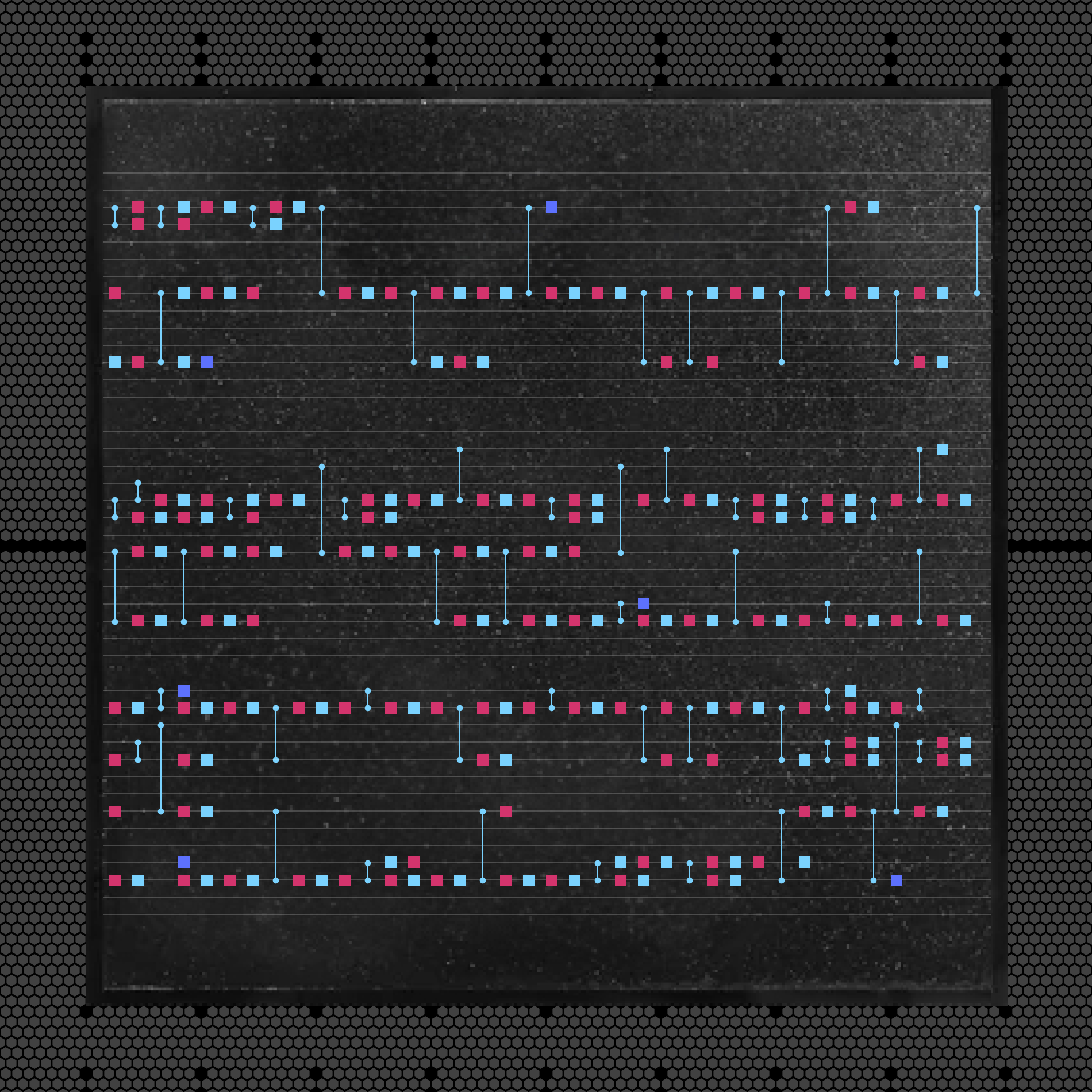















Fibonacci anyons
Quantum physics
Realizing string-net condensation: Fibonacci anyon braiding for universal gates and sampling chromatic polynomials
Topologically ordered quantum systems host anyons that, when braided, support fault-tolerant quantum computation. Yet creating Fibonacci string-net condensates, which support universal quantum gates and sample classically hard graph polynomials, has remained elusive. We demonstrate a scalable method of creating such condensates using superconducting qubits to dynamically create, measure and braid Fibonacci anyons.